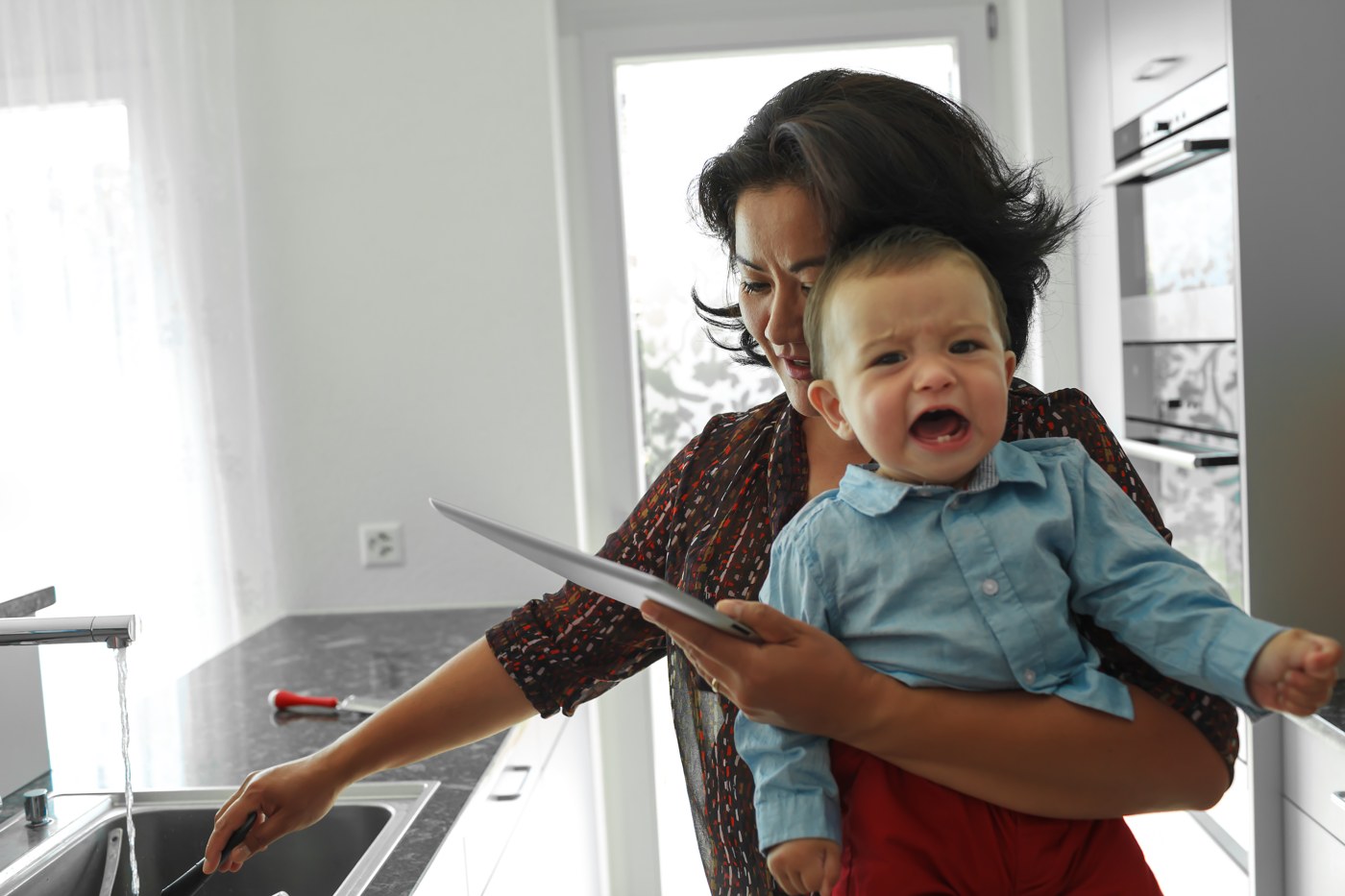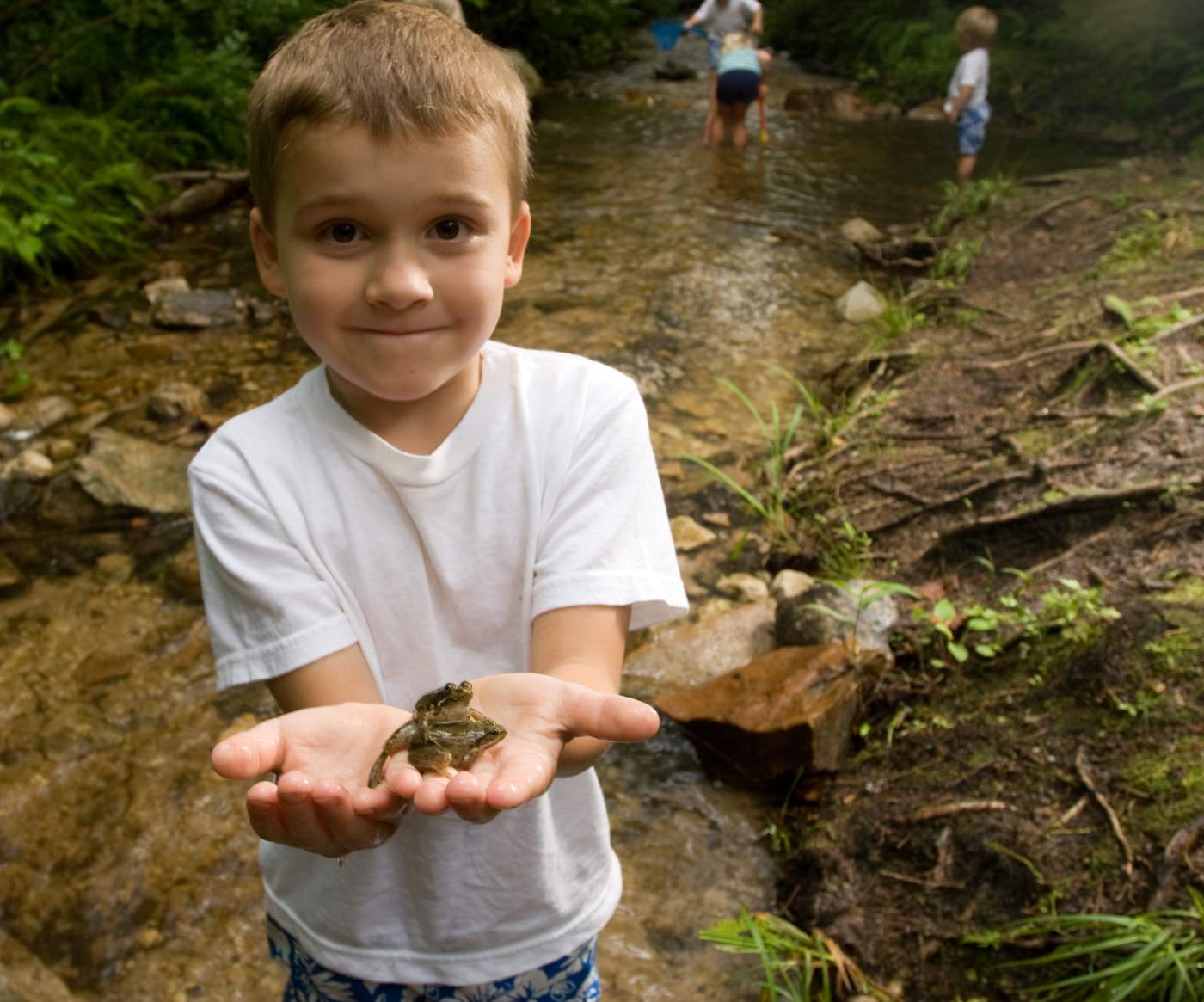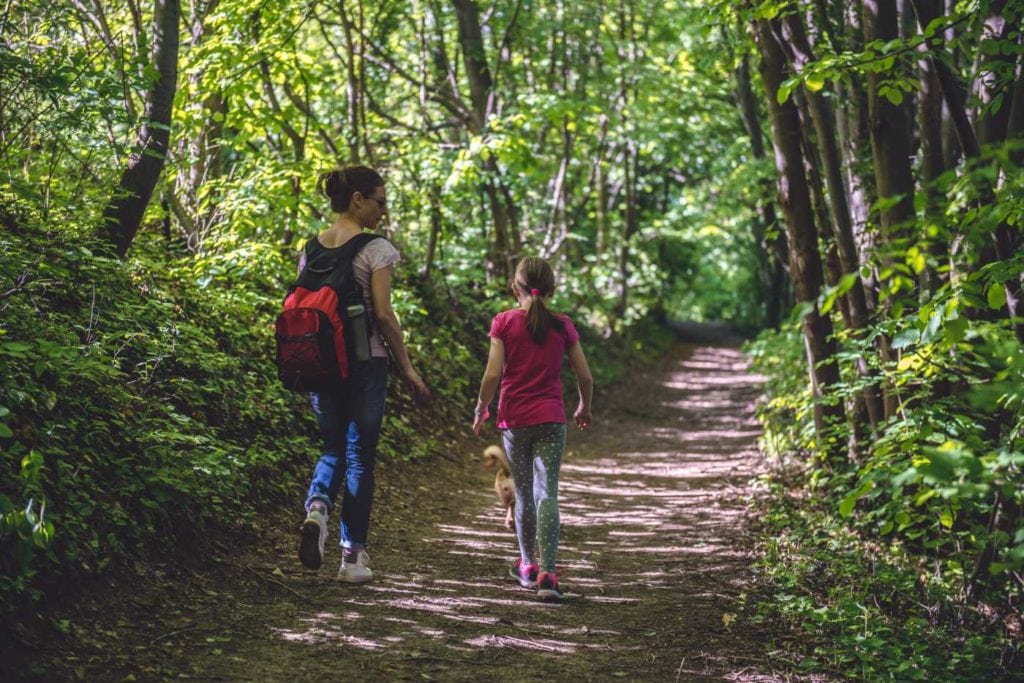Our obsession with being busy is hurting kids. That’s the consensus of a growing number of experts, who warn that otherwise well-intentioned parents are creating a generation of stressed, anxious kids thanks in part to their addiction to busyness and – you guessed it – the stresses and anxieties that come with it.
Dr. Suzanne Koven, a primary care physician and writer in residence for Massachusetts General Hospital, writes: “In the past few years, I’ve observed an epidemic of sorts. Patient after patient suffering from the same condition … fatigue, irritability, insomnia, anxiety, headaches, heartburn, bowel disturbances, back pain, and weight gain.
“There are no blood tests or X-ray diagnostics for this condition, and yet it’s easy to recognize. The condition is excessive busyness.”
“In the past few years, I’ve observed an epidemic of sorts. The condition is excessive busyness.”
And this is the condition, mind you, that parents are unwittingly handing down to their kids in the form of over-scheduled, over-structured lives and the stresses that come with them.
Stressed Parents = REALLY Stressed Kids
Why are today’s adults so consumed with the idea of being busy? Some suggest it is the dopamine hit we get each time we get something done. The more tasks we add to the calendar, the more chances we have to get that chemical rush.
Others suspect it is more of an ego play, busyness as a way to make our lives seem worth living. “Busyness serves as a kind of existential reassurance, a hedge against emptiness,” writes Tim Kreider. “Obviously your life cannot possibly be silly or trivial or meaningless if you are so busy, completely booked, in demand every hour of the day.”

Regardless of the why, what’s clear is that busyness can be bad for parent and child alike – but especially for a child, who lacks the mental and emotional tools to deal with all that added stress.
“If it seems like things aren’t the same for young people as when we were kids, that’s because they’re not.”
In 2013, the American Psychological Association anointed teens as the most stressed population in the country. The report paints a grim picture of kids of all ages exhibiting growing signs of anxiety and stress. “If it seems like things aren’t the same for young people as when we were kids,” writes Kristen Race, author of ‘Mindful Parenting,’ “that’s because they’re not.”
Yes, our culture’s obsession with digital tech is part of the problem. But the adult world’s addiction to being busy may be an even bigger contributor, particularly when studies show parental stress can infect babies and even alter kids’ DNA.
Parents aren’t just stressing out themselves with jam-packed calendars and over-scheduled lives – they’re doing the same thing to their kids.
“Rushing children around and filling every spare moment of their lives with ‘interesting’ activities doesn’t teach them how to manage stress,” says Georgina Manning, a psychotherapist and director of Wellbeing for Kids in Australia. “It just creates stressed-out kids.”
Where Has All the Free Time Gone?
In his book, The Power of Play, author David Elkind notes that over the past generation, kids have lost more than 12 hours of free time per week. Where has all that free time gone? To adult-structured activities.
But it is precisely this free, unstructured time, when children’s imaginations are allowed to grow in ways they otherwise can’t under the omnipresent scrutiny of adults. Research has shown that kids with more free time are more creative than their counterparts in structured activities.

In another study, outlined in his book, ‘Simplicity Parenting,’ author Kim John Payne simplified the lives of kids with ADD and found that within just four months more than two-thirds of them went from clinically dysfunctional to functional.
In other words, as parents pack more and more structure – aka busyness – into the lives of their children, they’re inadvertently making their kids less creative and more stressed and anxious.
Which also might explain why so many kids eventually burnout on all that adult-sanctioned structure (by 13, more than 70% of kids bail out on sports in favor of more sedentary pursuits – hanging out with friends, playing video games, or simply gazing at smartphones).
The Solution: Just Say No (to Busyness)
Remember the Just Say No campaign aimed at keeping kids off drugs? Maybe the same should be applied to parents, who crave all those dopamine hits on the calendar?
Maybe, instead, what parents and kids alike need is to simplify their lives, spend more time in unstructured activities, and focus more on being rather than doing?
With that in mind, here are three super-easy paths to all three, that are good for mom, dad, and the kids.
#1: Regular Family Meals
The family meal is an endangered species. Today, the average American eats one of every five meals in an automobile and a majority of us admit that we dine together as a family at most once per week.
Which is an enormous shame, because the family meal is an ideal way for parents to express their love for their kids – by taking the time to prepare a meal and listen to their kids’ take on the day. So potent is shared dining for family harmony, that a Canadian research team urged the government to sponsor public service announcements recommending that families start dining together regularly.

Some of the benefits of family meals? Your kids are less likely to engage in substance abuse and other risky behaviors; more likely to stay on target with school work and other responsibilities; and develop the social skills needed to confidently meet and overcome life’s inevitable challenges.
#2: Walkie-Talkie-Listen
Lots of parents mistake the time they spend shuttling kids to and from events, running errands, helping with homework, etc., as ‘quality time’ with their kids. It’s not.

Quality time is undisturbed, uninterrupted – no phones in hand, no TV on in the background. It is a time where the child can clearly see that there is nothing more important to mom or dad than the simple act of being with them.
Many child development experts recommend simple hikes in the woods or a park, which allow for quiet, one-on-one time without distractions. “Time in the woods eliminates the distractions of technology, toys, and to-do lists,” writes Stacey Pardoe. “Our minds are quiet, and we are free to simply enjoy silent moments together.”
In addition, the proliferation of electronic devices and structured activities is leading to a disturbing separation between kids and the natural world around them. In his book, ‘Last Child in the Woods,’ author Richard Louv points out that kids who regularly spend time in nature are happier, more creative, enjoy better motor controls, and are physically healthier – even than kids engaged in regular sports.
#3: Read by Example
Before you groan about how difficult it is to get your child to read, recognize we’re urging YOU to open a book and THEN get your child to join you. Monkey see, monkey do and all that.
 Yes, kids are far more likely to read if they see mom and dad do it. And there are numerous studies showing the enormous benefits associated with parents reading with (and when they’re younger, to) kids, including:
Yes, kids are far more likely to read if they see mom and dad do it. And there are numerous studies showing the enormous benefits associated with parents reading with (and when they’re younger, to) kids, including:
- Stronger language and vocabulary skills
- Actual physical brain growth (brain scans literally show the brain grows in size and complexity thanks to reading)
- Improved concentration skills – something sorely needed in this era of tweets, snapchats, and instant gratification
- Develops empathy for others, especially when kids read fiction
- Improved academic performance – the NEA produced a definitive report showing that kids with books in the home perform better in school than those without
- Builds imagination at a time when record number of kids report feeling listless, bored
Again, this is one of those one-on-one activities that are so critically important to parent-child bonding. So come on, mom and dad, turn off the screens and set aside some time for family reading. Find an age-appropriate list of popular books for your child this summer.
Quality, Not Quantity
A final note: don’t mistake quantity of time with a child with quality. Numerous studies have been done that demonstrate volume of time with a child has no real correlation with a child’s long-term happiness or sense of wellbeing. This is understandable when we consider how often our time with a child is spent teaching, lecturing, correcting, nagging, etc.
Conversely, numerous studies “have shown links between quality parent time — such as reading to a child, sharing meals, talking with them or otherwise engaging with them one-on-one — and positive outcomes for kids.”
For that sake of your children, put away the calendar and measuring stick and spend more time simply being with your kids. It’ll be good for all of you.
